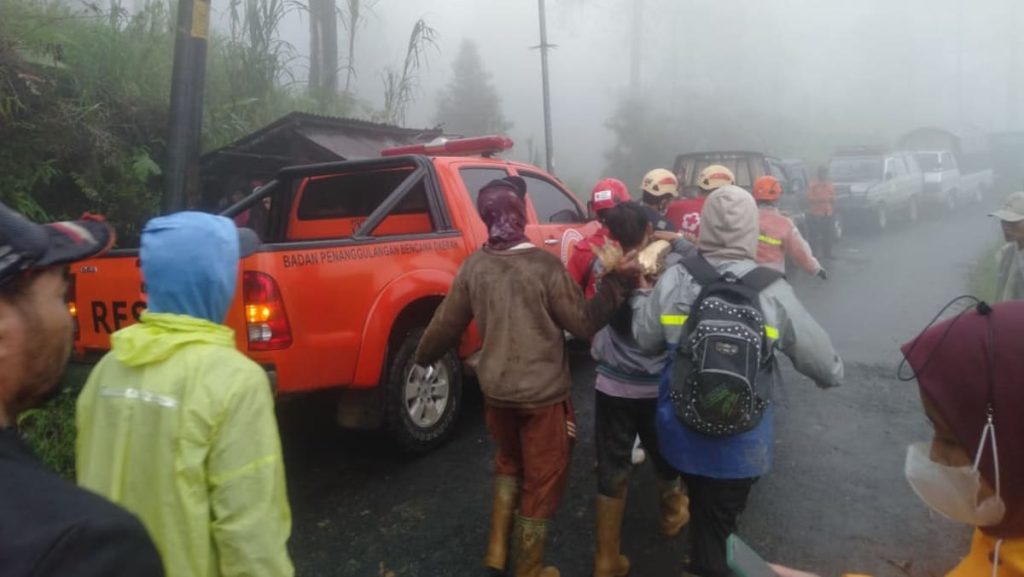The devastating impact of heavy rainfall in Indonesia’s Central Java province has led to a tragic landslide, claiming the lives of at least sixteen individuals and leaving five others missing. The disaster struck on Monday, engulfing the region in thick mud and debris. Rescue workers are battling against challenging conditions, including difficult terrain and persistent rainfall, to locate the missing individuals and provide aid to those affected. The landslide’s occurrence underscores Indonesia’s vulnerability to such natural disasters during the rainy season, which typically spans from November to April.
Local authorities, including the police chief of Pekalongan city, Doni Prakoso, confirmed the death toll and reported that ten injured individuals have been transported to nearby hospitals and community health centers for medical attention. The landslide primarily impacted a hilly or mountainous area, which experienced particularly high rainfall. Television footage captured the grim scene of volunteers carefully retrieving a body from the debris-laden landscape, using a makeshift stretcher to navigate the thick mud that blanketed the roads.
The search and rescue operations have faced significant hurdles due to the challenging accessibility of the affected area. Bergas Catursasi Penanggungan, an official from the Central Java disaster agency, explained that the ongoing rain and treacherous terrain have hampered efforts to reach the site. He emphasized the urgency of the situation, stating that rescuers are racing against time and the unpredictable weather. Local volunteers have joined forces with professional rescue workers in the search, demonstrating a collective effort to locate survivors.
Heavy machinery is being mobilized to assist in the excavation process, particularly in areas where individuals may be buried under deeper layers of soil. This equipment will be crucial in accelerating the search and increasing the chances of finding survivors. The combined efforts of volunteers, rescue workers, and heavy machinery exemplify the concerted response to the disaster, highlighting the determination to provide aid and support to those affected by the landslide.
The incident in Central Java serves as a stark reminder of Indonesia’s vulnerability to landslides, particularly during the rainy season. While the November to April period is typically associated with increased landslide risk, recent years have witnessed disasters occurring outside this timeframe. In November 2023, intense rains triggered flooding in western Indonesia, resulting in the loss of 27 lives. This underscores the evolving nature of weather patterns and the potential for unexpected and devastating natural disasters.
Furthermore, in May 2023, heavy rains in West Sumatra led to flash floods that claimed the lives of at least 67 people. The floods carried a destructive mixture of ash, sand, and pebbles from the eruption of Mount Marapi into residential areas, compounding the devastation. These recent events highlight the interconnectedness of natural hazards and the vulnerability of communities in the face of extreme weather events. The ongoing efforts in Central Java emphasize the critical need for preparedness and effective disaster response mechanisms to mitigate the impact of such tragedies.

